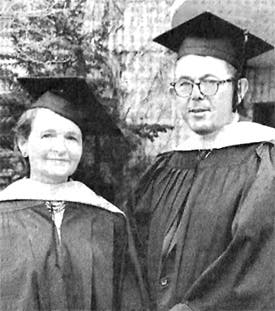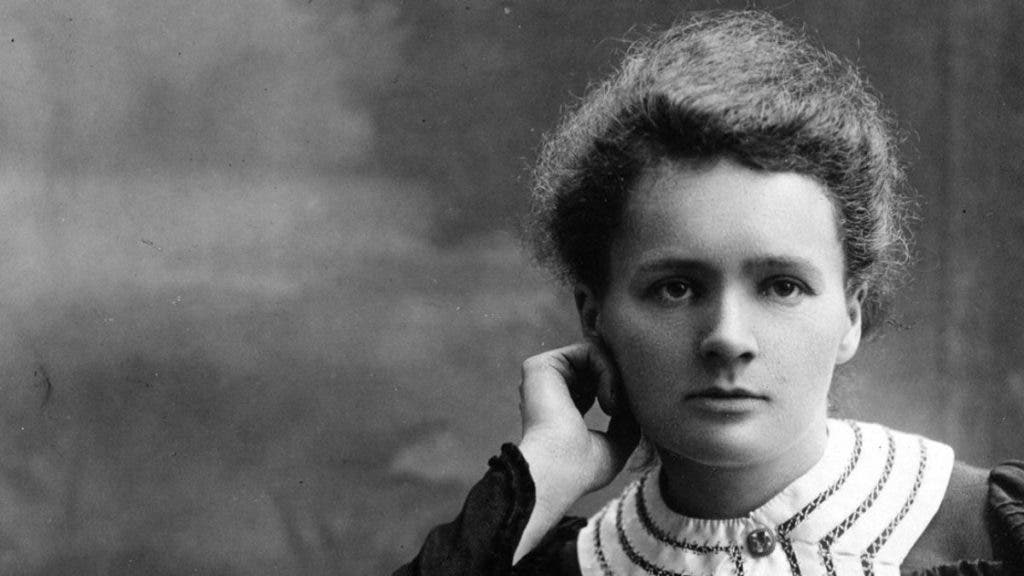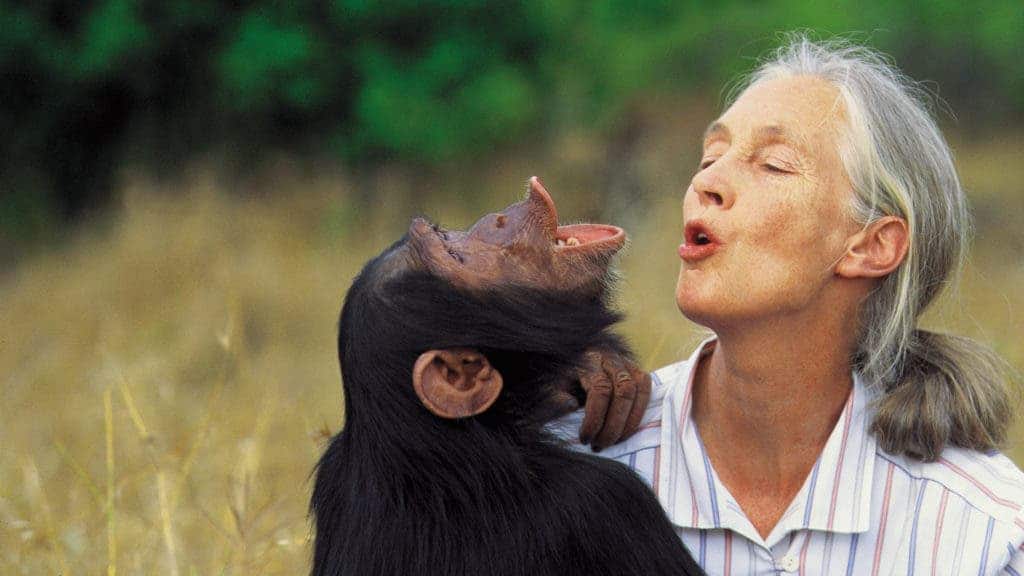Some of the greatest discoveries and contributions to humanity’s knowledge and understanding have been made by women scientists. These were revolutionary female role models with passions and smarts who would prove that it did not have to be a man’s world. And they would prove much more than that.
Mary Anning: Fossil Hunter

Mary Anning (1799-1847) is best known as an early paleontologist, and a female paleontologist to boot, making her a very unique character in her century. The Anning family lived on the southern shores of England. Mary’s father, Richard, was known to collect fossils from time to time. He died in 1810, leaving behind only the skills of fossil hunting to his poor family.
About 1811, young Mary Anning at age twelve, came upon the fossilized remains of a prehistoric sea-dwelling creature later called an ichthyosaur. This was the very first time anyone had reported finding such a specimen; it was the first recorded ichthyosaur to have been unearthed! A bit later on in her career, Mary was also accredited with discovering the first specimen of what is now known as Plesiosaurus, another long since extinct sea animal. Paleontology owes this young lady a debt of gratitude.
Sonia Bleeker: Field Researcher and Author

Sonia Bleeker (1909-1971), born in Russia, performed graduate anthropology work at Columbia University, the college her future spouse Herbert S. Zim attended. In 1934, the year following her graduation from Hunter College, the couple were married. Starting in 1931, Sonia was an editor for Simon and Schuster for fifteen years. This woman was an amazing anthropologist (a person who studies cultures and societies). Her particular fascination was the study of native tribes living in the Americas as well as Africa. Her first book was published in 1950, entitled Indians of the Longhouse. Most of her books required research in the field which meant she spent a good deal of time on continents including South America, Europe, and Africa.
Sonia’s husband, Herbert Zim, was a writer and consultant on almost all of the nonfiction informative books in the Golden Guide series. In 1967, Sonia Bleeker was awarded the honorary degree of Doctor of Science from Beloit College in Wisconsin. She passed away just four years later. Sonia and Herbert were a couple truly made for each other. Both were talented scientists and writers, and they traveled together frequently. It is unfortunate that this woman is probably the least renowned of all of the women mentioned in this article.
Maria Agnesi: Faith-Filled Woman of Many Sciences

The earliest female scientist to be discussed here, Maria Gaetana Agnesi (1718-1799) was a bright (if not brilliant) child raised in a faithful Catholic family. By age five, the girl could speak clearly in both Italian and French, and she would go on to learn a handful of other languages. While still living at home, Maria served as an exemplar as well as a tutor for her younger siblings.
Apparently, at the age of nine, the girl gave a speech in Latin to some of her father’s visiting friends. It turned out to be a thesis arguing that women have the right to be educated, and she was right. In her day many women were able to be publicly involved in the fields of art, literature, and some of the sciences. Pietro, Maria’s father, had a collection of her essays published under the title Propositiones Philosophicae. The sciences that she touched upon in her papers included elasticity, gravitation, chemistry, botany, and zoology. Pope Benedict XIV made her a professor of mathematics, natural philosophy, and physics at Bologna University. Laura Maria Caterina Bassi was the first woman professor of a university, and Maria Agnesi had the honor of being the second.
Marie Curie: Scientist Who Studied Uranium and Paid for It

Born in Poland, Marie Skłodowska Curie (1867-1934) was a physicist along with her husband Pierre Curie. The pair of scientists worked closely together on numerous tests of various elements. They are responsible for discovering that a dark black and brown rock, the uranium ore pitchblende, gave off significantly more radioactivity than uranium in its pure form.
The Curies deduced pitchblende had to be made up of other substances as well, substances which were more radioactive than plain uranium. Following four years of work, in 1902 they had successfully isolated two entirely new elements: radium and polonium. The Curies did not know about many of the harmful effects of radioactivity. Pierre died in 1906. When Marie passed away almost three whole decades later, the cause of death was leukemia which had resulted from radiation exposure. Both Marie and her husband are remembered for their huge contributions to science, but they eventually paid the price of their fame.
Jane Goodall: Woman Among Apes

Perhaps the most famous primatologist (person who studies primates) and the most famous female scientist given in this list, Dr. Jane Goodall is last but not least of all of the scientists mentioned here. It is almost ironic that primatologist Goodall was born in 1934, the very same year that physicist Marie Curie died. Goodall is a living legend. For decades she has lived among apes, observing their behavior from a close perspective. Evidently, Goodall was inspired during her childhood by stories such as those of Tarzan and Doctor Dolittle. It is also interesting to note that the original 1949 film version of Mighty Joe Young (a tale about an ape which grows to extraordinary size and whose keeper is a kind-hearted young woman) was released when she was a teenager.
This also may have had some sort of influence. Interestingly enough, she never attended college for the scientific field in which she is now the expert. From her humble beginnings, she eventually achieved her dream of traveling to Africa and being able to study animals (especially chimps) in their natural environment. She found that primates were intelligent animals living in complex social clusters. Her findings finally saw the light of day in a film documentary produced by National Geographic in the 1960’s.
She does not like apes being depicted in fiction and pop culture. She founded the Jane Goodall Institute, and she serves as a Messenger of Peace for the United Nations. These five stunning examples of bold women scientists go to show that sex has nothing to do with the beauty of a mind. It also is certainly not a factor of what a person is capable of.


